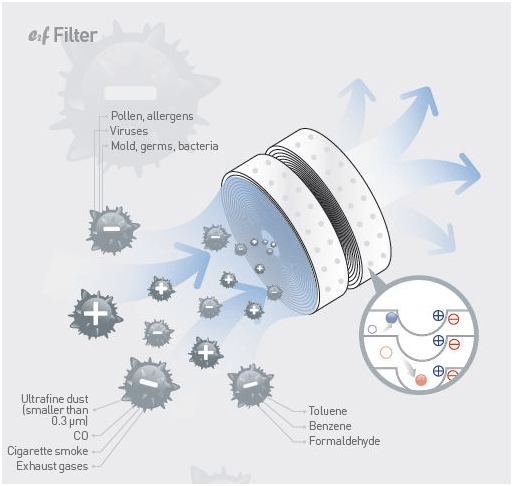The Future Of Home Heating - How Heat Pump Innovation Is Progressing
The Future Of Home Heating - How Heat Pump Innovation Is Progressing
Blog Article
Authored By-David Stack
Heatpump will certainly be an important modern technology for decarbonising heating. In a circumstance constant with governments' introduced power and environment commitments, their international ability increases by 2030, while their share in heating rises to one-quarter.
They work best in well-insulated homes and rely on electrical energy, which can be provided from a renewable power grid. ducted heat pump tauranga are making them more efficient, smarter and more affordable.
Gas Cells
Heatpump make use of a compressor, refrigerant, coils and fans to relocate the air and heat in homes and devices. They can be powered by solar energy or electrical power from the grid. They have been obtaining appeal due to their inexpensive, silent operation and the capability to generate electricity throughout peak power demand.
Some companies, like IdaTech and BG MicroGen, are dealing with gas cells for home heating. These microgenerators can replace a gas central heating boiler and generate a few of a home's electrical requirements with a link to the electrical energy grid for the remainder.
However there are factors to be skeptical of using hydrogen for home heating, Rosenow states. It would be pricey and inefficient compared to other technologies, and it would add to carbon emissions.
Smart and Connected Technologies
Smart home technology allows property owners to link and manage their gadgets from another location with the use of smart device apps. As an example, smart thermostats can learn your home heating choices and immediately adjust to enhance power intake. Smart lights systems can be controlled with voice commands and immediately turn off lights when you leave the space, reducing energy waste. And wise plugs can keep an eye on and handle your electric use, allowing you to identify and limit energy-hungry devices.
The tech-savvy home depicted in Carina's interview is a great picture of just how residents reconfigure room heating techniques in the light of new clever home technologies. They rely upon the devices' automatic functions to accomplish everyday adjustments and concern them as a practical ways of conducting their home heating practices. Because of this, they see no factor to adapt their practices further in order to allow adaptability in their home energy need, and interventions aiming at doing so might face resistance from these families.
Power
Because warming homes make up 13% people exhausts, a switch to cleaner options might make a huge distinction. Yet the modern technology faces challenges: It's pricey and requires considerable home remodellings. And it's not constantly suitable with renewable energy sources, such as solar and wind.
Up until lately, electrical heatpump were too costly to take on gas designs in many markets. But brand-new innovations in style and products are making them more economical. And better cool climate performance is enabling them to operate well even in subzero temperature levels.
The following step in decarbonising heating may be the use of warmth networks, which draw warmth from a central resource, such as a close-by river or sea inlet, and distribute it to a network of homes or buildings. That would decrease carbon emissions and allow families to take advantage of renewable resource, such as environment-friendly power from a grid provided by renewables. https://www.realtor.com/advice/home-improvement/how-to-deal-with-a-propane-leak-avoid-an-expensive-bill/ would certainly be much less pricey than changing to hydrogen, a fossil fuel that calls for new facilities and would just decrease CO2 emissions by 5 percent if coupled with improved home insulation.
Renewable Energy
As electrical energy prices drop, we're beginning to see the same pattern in home heating that has actually driven electric vehicles into the mainstream-- but at an also faster pace. The strong climate instance for impressive homes has been pushed better by new research study.
Renewables represent a substantial share of contemporary warmth intake, however have actually been given minimal policy focus around the world compared to various other end-use industries-- and even much less focus than electrical power has. Partly, this reflects a mix of consumer inertia, split motivations and, in several nations, aids for fossil fuels.
New innovations could make the change easier. For example, heat pumps can be made extra power effective by changing old R-22 cooling agents with new ones that don't have the high GWPs of their precursors. Some specialists also visualize district systems that draw heat from a neighboring river or sea inlet, like a Norwegian arm. The cozy water can then be made use of for cooling and heating in a community.